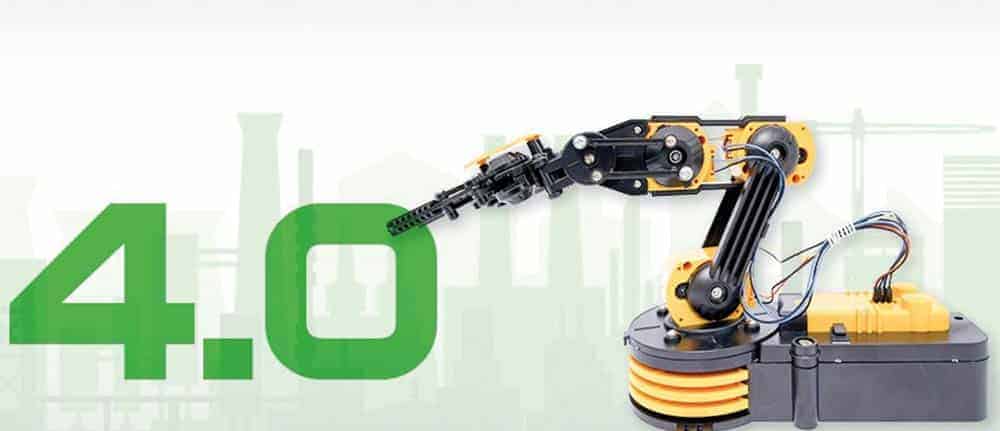Foundation Of The Intelligent Enterprise With IoT


The internet has long since taken its rightful place in our lives, our households and our global economy. All of our things have become part of the internet, communicating with it and each other. Comprehensive Internet of Things (IoT) solutions for production and manufacturing are already available today.
Digitalization is the order of the day, as it will change the way we work and establish business processes and models forever. Everything that can be digitalized will be digitalized soon. This means companies need sustainable solutions today—enter the IoT.
What does this mean in practice?
Every machine, every container, every component, every vehicle and every product will be digitalized in the future, meaning that they can both send and receive data. The operational data will be collected throughout the entire supply chain and can be used to make processes faster, more flexible and efficient. However, it’s beneficial to not limit oneself to one’s own supply chain data. Instead, decisionmakers have to think beyond their own company and concern themselves with the processes of suppliers and customers as well.
Seamless digitalized information exchange throughout the entire extended supply chain, starting at manufacturing processes including purchasing resources and ending at delivery, opens up new business opportunities. Leveraging IoT, companies can accelerate information exchange, use data to manage processes, and react automatedly to incidents throughout the extended supply chain.
For example, measuring fill levels of customers’ containers can help optimize production planning and trigger replenishment orders. Furthermore, precise information about production processes and incidents can simplify maintenance or quality evaluations as well as optimize customer processes.
Technological solutions for connecting data, such as sensors, actuator, small processors, GPS and mobile communicators, are becoming more cost-efficient and powerful. Modern IT architectures make it easier to integrate them. An SAP ERP system—regardless of whether it is ECC or S/4 Hana with SAP Plant Connector or SAP Cloud Platform—makes optimizing processes on premises or in the cloud easy and cost-efficient.
IoT can also contribute to improving the customer experience
Regarding data-driven business processes, there’s another aspect gaining importance right now: customer experience. In the future, it will not be enough to just collect and use operational data like most companies are doing now. Customer experience means connecting that data from business processes, services and products with customer journey data.
oT can help with the challenge of customer experience as well, but it will not be enough on its own. Companies have to connect the IoT with other technologies like artificial intelligence or machine learning to become truly intelligent. Consequently, the IoT can be seen as the foundation of the intelligent enterprise.






